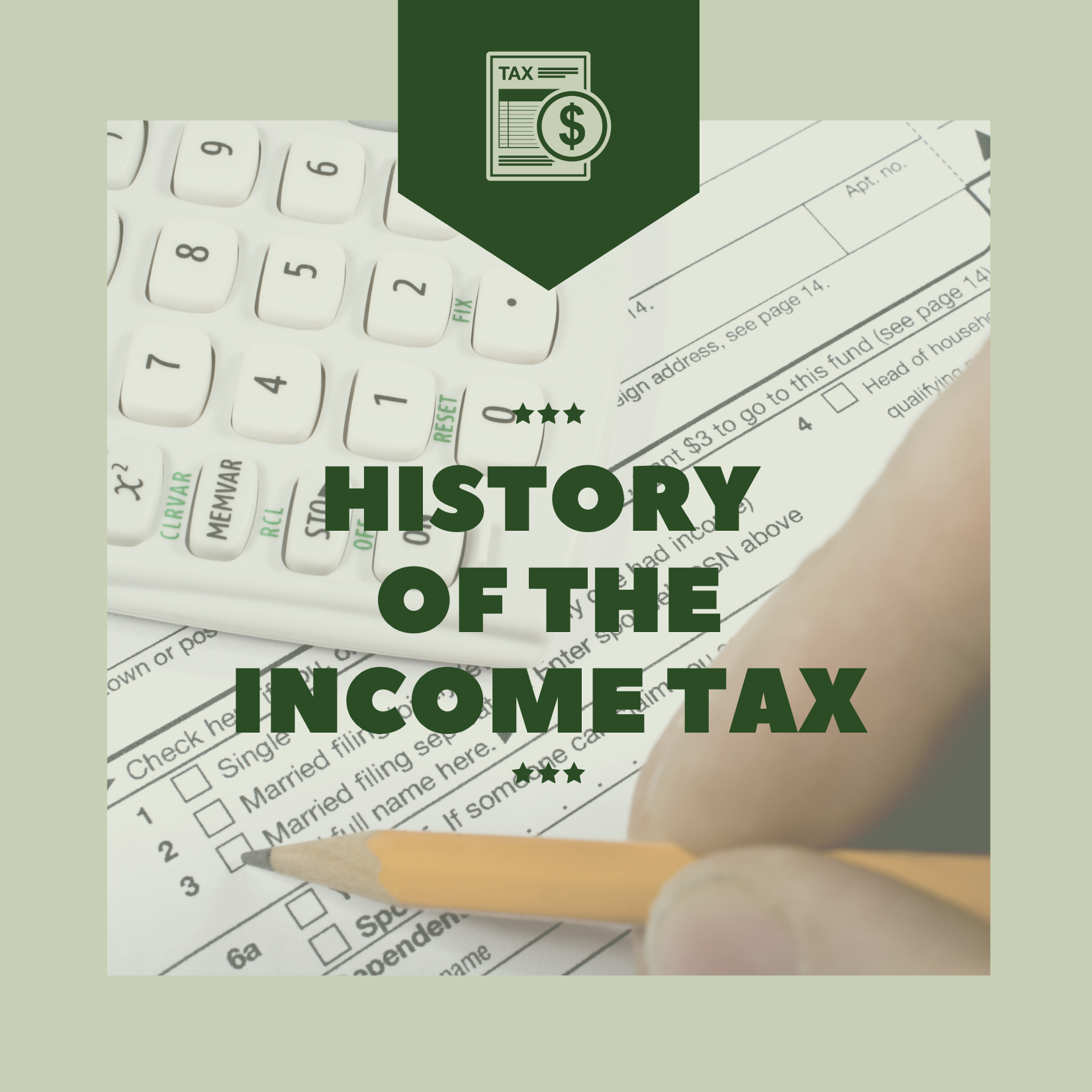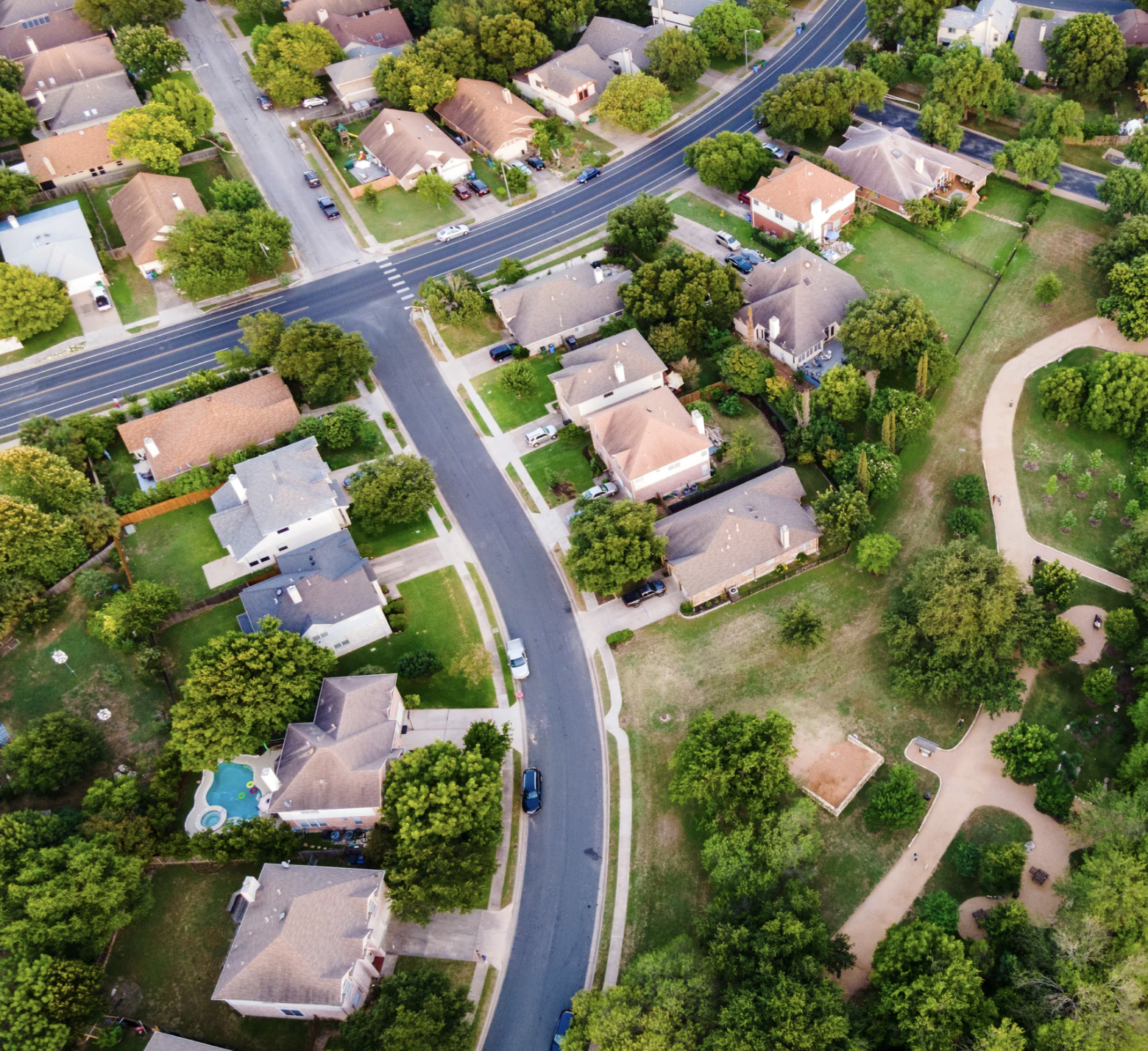
Posted Nov 9, 2018 at 3:10 PM Updated Nov 9, 2018 at 3:10 PM on Columbia Daily Tribune
In my last article, I introduced you to the Home Office Deduction and recommended it to most small business owners. I mentioned it could be claimed by the following: Small business owners using Schedule C; farmers and ranchers using Schedule F; and partners receiving Form K-1 (1065).
I confronted the misconception that claiming this deduction almost guarantees an IRS audit. It does not. I also covered the Benefits of the Home Office Deduction (which is tax savings) and its Limitations. I also briefly mentioned the Simplified Method, which is covered below.
Computing the Simplified Method
The Simplified Method was first allowed for tax year 2013. The exclusive use and business purpose requirements are the same as for the original home office deduction, but the record keeping requirements are greatly streamlined. Only the allowable square footage needs to be measured. The square feet of the business use of the home is multiplied by $5 to arrive at the Home Office Deduction using the Simplified Method. The total square feet claimed cannot exceed 300, which limits the deduction to $1,500 per year.
Other benefits of the Simplified Method are: Schedule A deductions for mortgage interest and real estate taxes are not reduced (as they would be using the normal computation of the Home Office Deduction); there is no recapture of depreciation when the house is sold; and as mentioned before, the calculation and record keeping requirements are significantly reduced.
Restrictions of the Simplified Method include the annual limit of $1,500 per year is often less than what could otherwise be claimed, and the unused deduction in a current year may not be carried forward to future tax years (as is allowed by the traditional Home Office Deduction).
Computing the Regular Home Office Deduction
Three Common Errors
Computing the greatest deduction for the benefit of the taxpayer is a complex process.
Mistake #1 – Failure to deduct the value of the land. Accounting theory has long held that land is not subject to depreciation. In the case of a newly-constructed home, the homeowner usually purchases the lot first and then hires a general contractor. So the exact cost of the land is known. Previously-owned homes present a challenge in determining a separate value for the land. Some appraisals may include a separate value for the land, but most do not. Sometimes your local realtor can estimate the value of the land. If all else fails, guess.
Mistake #2 – Not claiming depreciation expense. Many people (and even some tax preparers) believe that computing and taking a deduction for depreciation is optional. They assume that if they don’t take it, they won’t have to pay tax on depreciation recapture when they sell the house. However, that is not the case. The goofy IRS code states that depreciation recapture must be computed, and related taxes paid on depreciation which was “allowed or allowable.” “Allowable” means that depreciation expense could have been taken in a prior year but was not.
Mistake #3 – Computing the business use percentage incorrectly. Some tax preparers ask their clients for the size of the room they use for business and total square feet of their home. One way to arrive at the total square feet of a home is by measuring it from the outside. However, included in that computation are things that can be excluded from the total area of the home, like the width of walls and insulation, hallways, stairways and bathrooms.
The best way for a business owner to compute the total living area of his home is to measure the square footage of every room. Since the formula to compute the business percentage of a home is to divide the business use (numerator) by the total living space (denominator), reducing the denominator will increase the business use percentage.
An expedient way to estimate the deductible business use of a home office is to count rooms. Caveat, this could be adjusted under IRS audit.
Computing the Basis of the Home for Depreciation
In the real world, computing the basis of a home is often an educated guess (relying on the owner’s memory), especially if the home has been owned for a couple decades. Obtaining the closing statement for the purchase of the home is usually a good place to start. It lists the contract sales price and several other items charged to the purchaser at closing. To this, add the cost of improvements made to the home. Do not include the value of your labor or general upkeep.
For example, look at the facts below.
- Cost of home $200,000
- Value of land ($20,000)
- Closing costs $2,000
- New deck $20,000
- New furnace $10,000
- Basis for Depreciation $212,000
If the business use is 10%, the business portion of the home subject to depreciation would be $21,200. Since the IRS has determined that the life of a commercial building is 39 years, annual depreciation allowed for this home office would be $544 ($21,200 / 39 years = $543.90/year, rounded to $544. The first and last year are prorated by the month of purchase, but all the other years the depreciation would be $544.
Aric Schreiner, CPA, PFS, is managing member of Columbia CPA Group, LLC.




